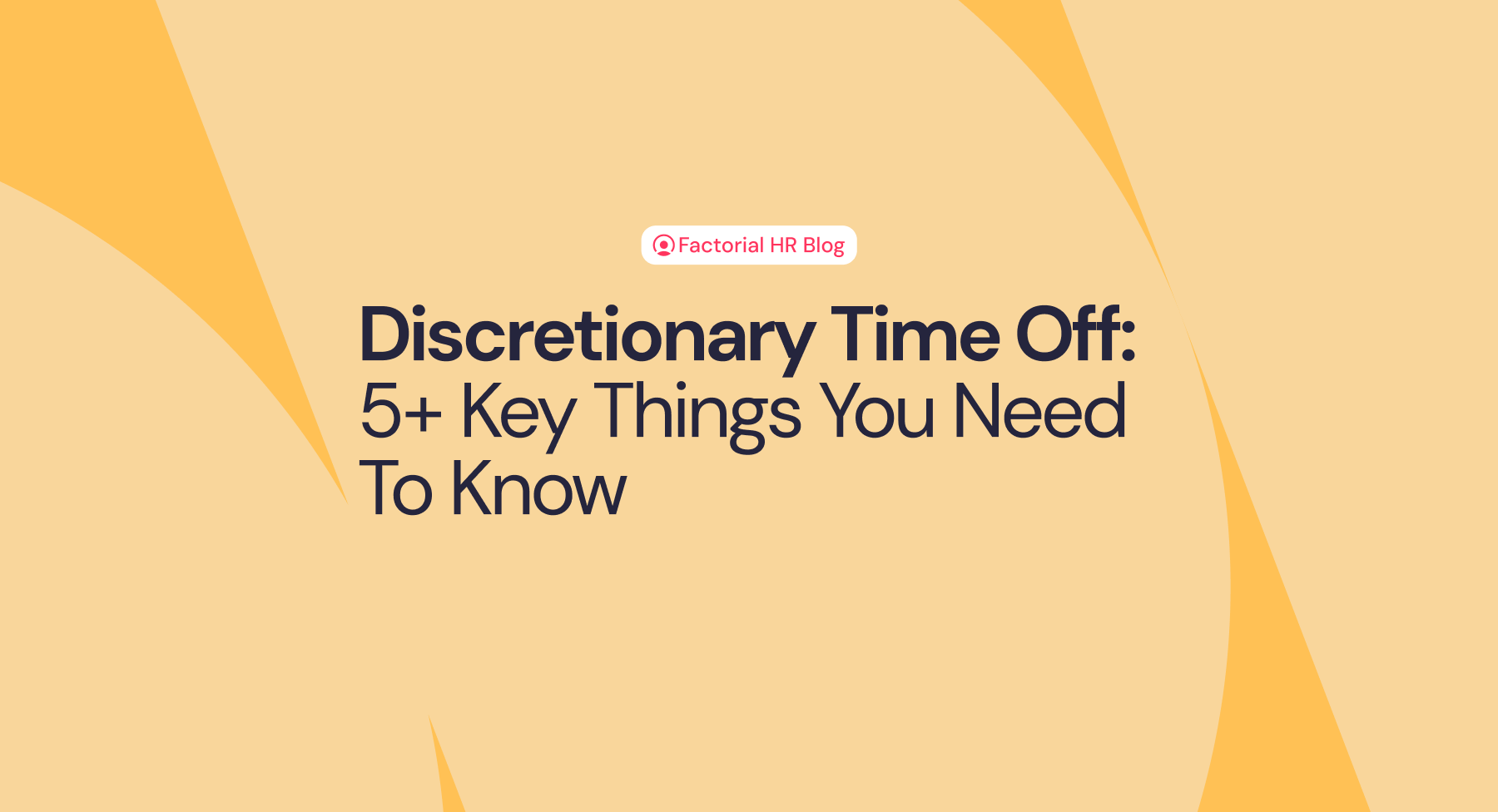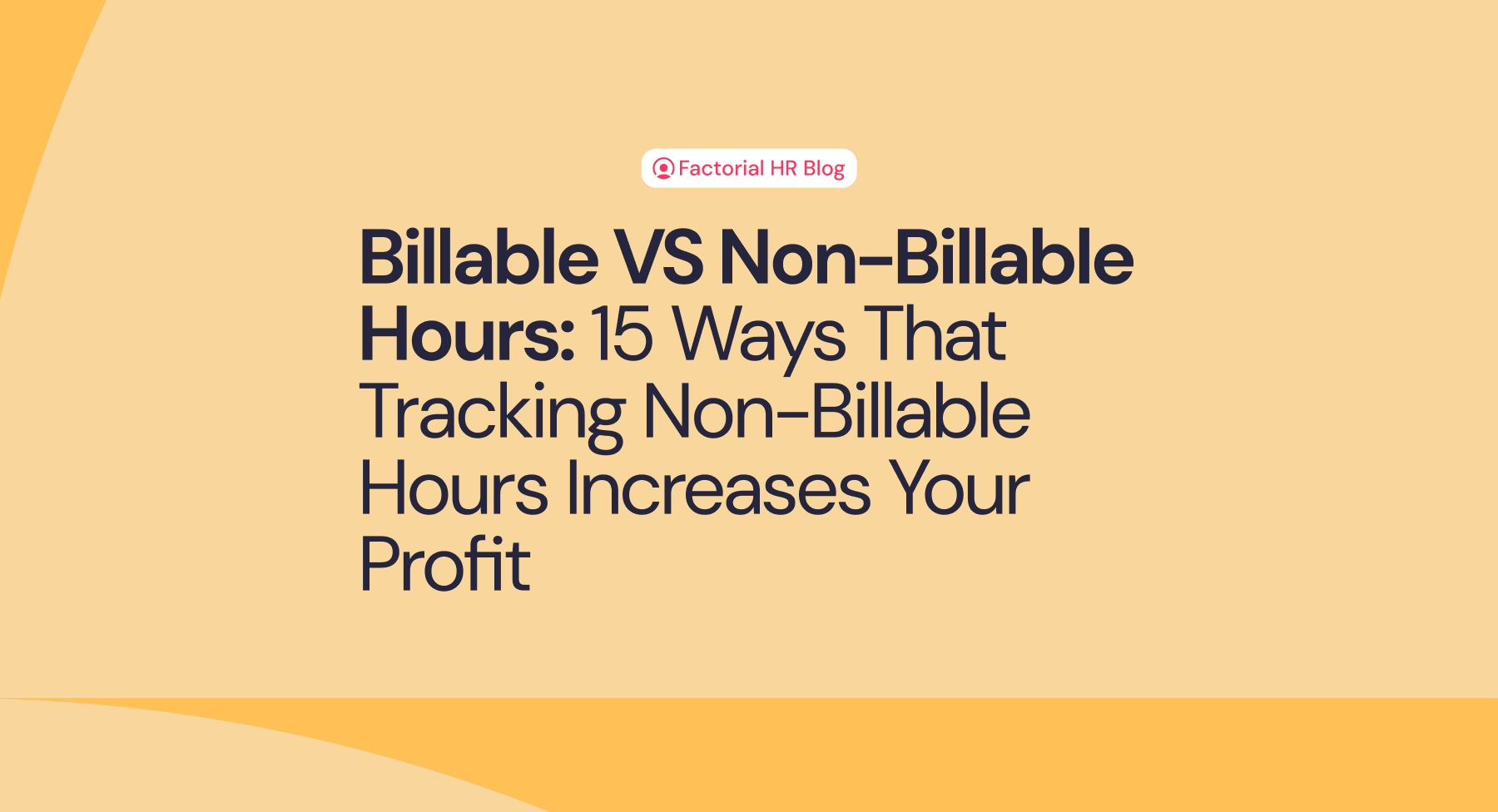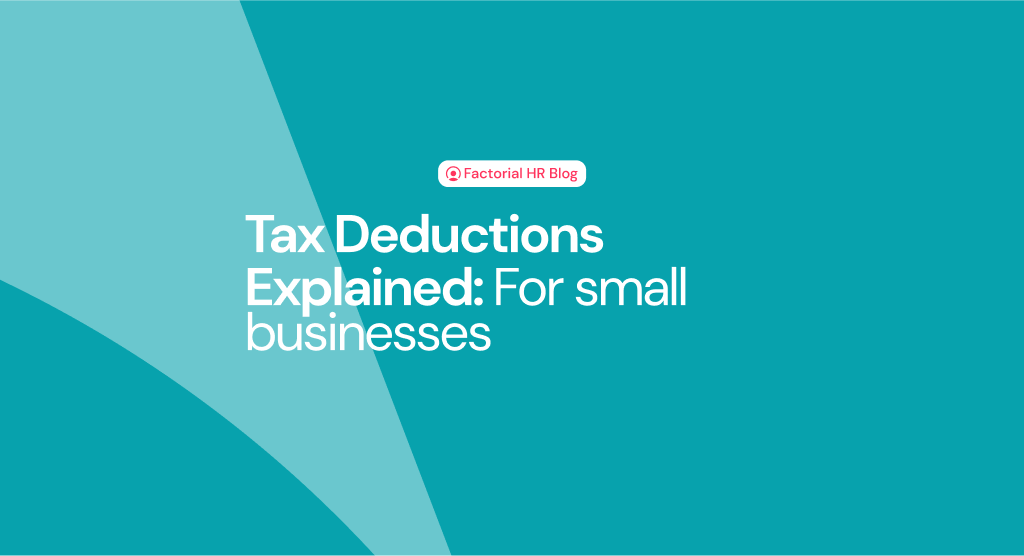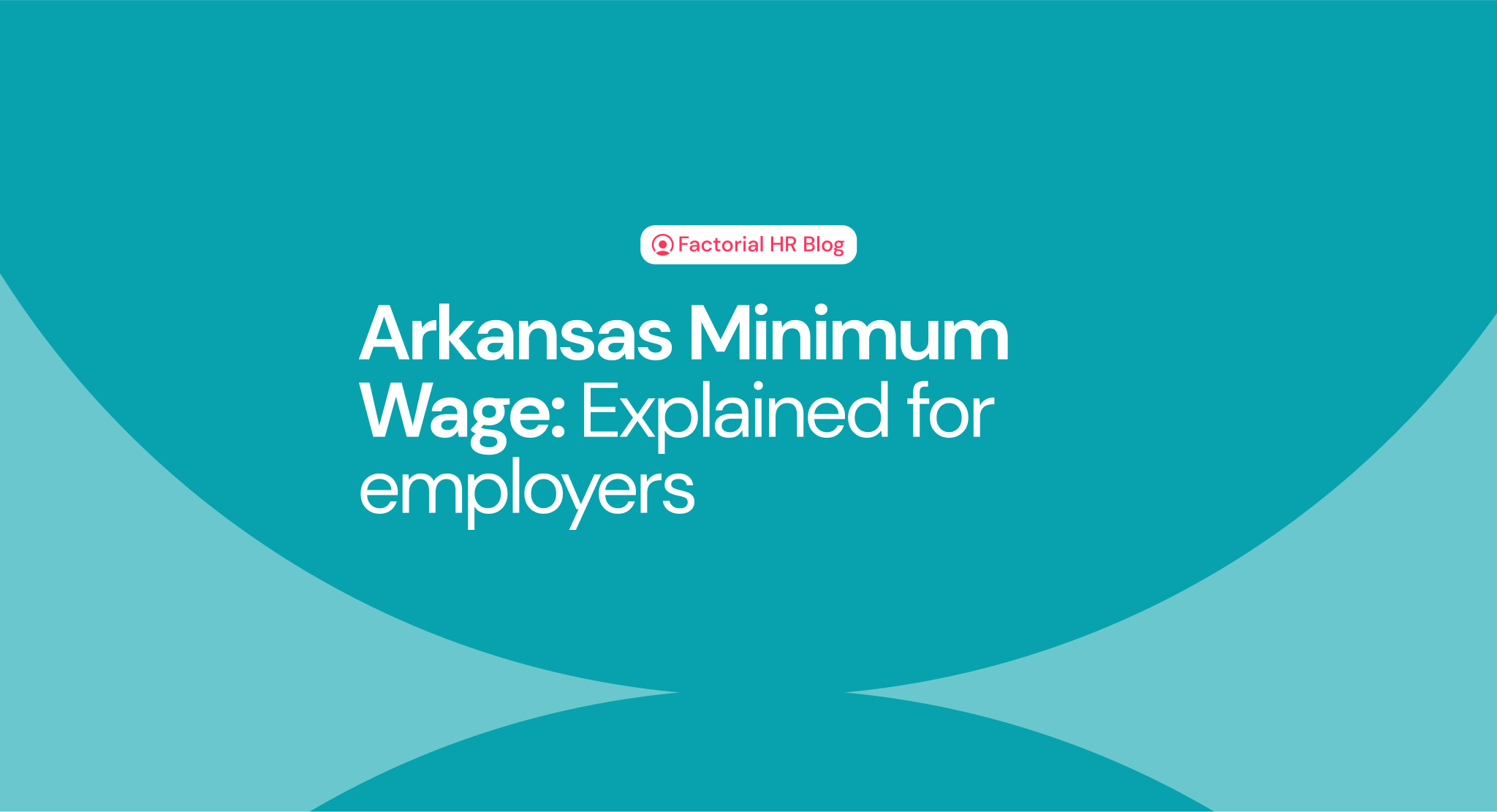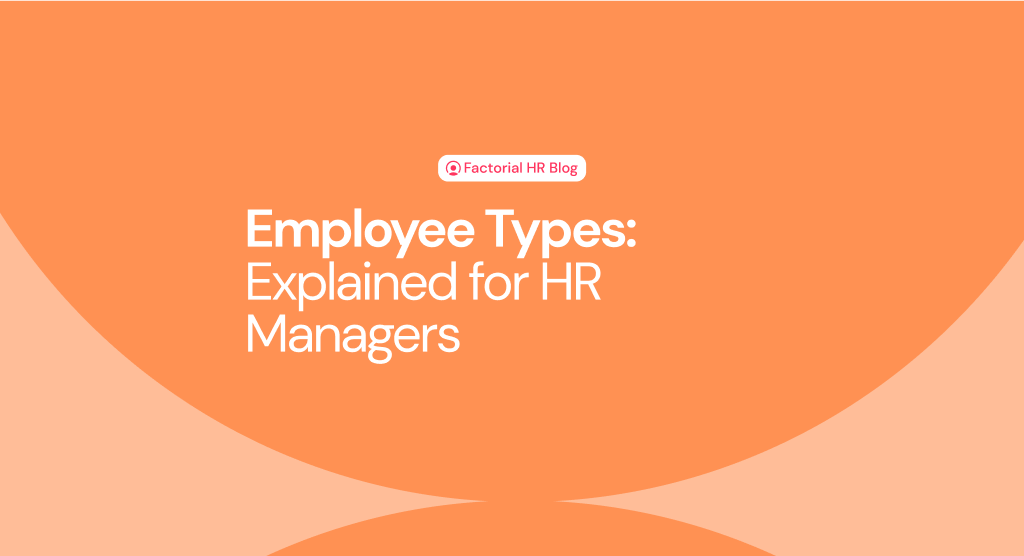Offering employee health benefits to your staff can be a great way to attract top talent to your business. In fact, 62% of employees identified employee well-being as a key deciding factor when applying for a new job. Not only that but offering the right employee benefits can help you nurture a happy, motivated, and productive workforce. Healthy employees show higher rates of job satisfaction, and they are more likely to show up for work and perform at their best.
But what are the best employee health benefits? Which ones should you include in your employee benefits packages?
Let’s take a look at everything you need to know.
What are employee health benefits?
Employee benefits, in some form or another, are included in most compensation packages these days. Essentially, they are non-financial perks and rewards that you offer to your employees in addition to their wages or salary. These benefits might include wellness initiatives, flexible working arrangements, or fringe benefits such as meal subsidization or use of a company car. By offering these additional perks, organizations can improve their employee value proposition (EVP) and attract and retain top talent.
Perhaps one of the most common and desirable benefits offered by organizations in the US relates to employee health benefits. These benefits are designed to protect the health and wellbeing of employees. Examples include health or disability insurance, HSAs, and mental health programs, among others.
Should you provide employee health benefits?
Let’s start by looking at the law.
According to the Affordable Care Act (ACA), if you hire over 50 employees, then you are legally required to offer health coverage to at least 95% of your full-time employees. This means any employees that you hire to work for at least 30 hours per week. If you don’t offer health coverage, then you are liable to pay a penalty to the IRS.
If you hire fewer than 50 employees, then you are not legally required to offer employee health benefits. However, most organizations choose to do so in one form or another. This is because offering employee health benefits can improve your employer brand and help you attract and retain top talent.
Finally, there are a couple of other legal considerations that you have to keep in mind, regardless of the size of your company:
- Social Security taxes. You are legally required to pay Social Security and Medicare taxes at the same rate as your employees. This ensures that you comply with the Federal Insurance Contributions Act (FICA). Make sure you are aware of all Social Security and Medicare Withholding Rates.
- Disability insurance. Certain states require you to provide partial wage replacement insurance to eligible employees for any non-work-related sickness or injury.
Benefits of offering employee health benefits
Let’s take a look at some of the benefits of offering employee health benefits to your workforce:
- Employee health benefits make your employees happy. According to a survey by Glassdoor, employees claimed that health insurance is, by far, the most important benefit they receive from their employer.
- The healthier your employees are, the more productive they will be and the less often they will be absent from work. In fact, according to The Integrated Benefits Institute, poor health costs US businesses $530 billion in lost productivity and 1.4 billion work days of absence and impaired performance.
- You save money on taxes. All employer contributions are tax deductible at state and federal levels. This means that if you pay into a health insurance plan, then you can claim back your contributions as business expenses. These contributions can also reduce the rate of payroll tax that you pay (compared to increasing base salaries, for example). Plus, if you are a small business, then you may qualify for the Small Business Health Care Tax Credit. This enables you to claim back 50% of your health care expenses as credit. To qualify, you must have fewer than 25 full-time employees and pay them an average salary of $50,000 or less.
- Offering employee health benefits shows your workforce that you care about their health and wellbeing. This helps you build a culture of trust. It also helps you boost employee motivation and satisfaction levels. And this, in turn, helps you increase organizational commitment and retention levels.
- Finally, all the above helps you build a solid employer brand so that you can attract and retain top talent in your business.
Sought-after employee health benefits
Before you design your compensation packages, it’s important to understand which employee health benefits you could potentially include. This will help you determine which would most appeal to your workforce and help to boost your employer brand.
Here are some of the most sought-after employee health benefits in US organizations.
Health insurance
The most common type of employee health benefit is health insurance. This benefit usually covers costs associated with outpatient medical appointments (including dental and vision), check-ups, and basic medical procedures. Most health insurance plans also cover emergency room visits and approved surgical procedures. However, this will depend on the level of coverage that you are willing to pay as an employer.
For example, you could choose one of the following policy types:
- Preferred provider organization (PPO) plan. The most common insurance coverage plan offered by employers. With this plan, you encourage your employees to use a network of preferred doctors and hospitals where you have negotiated a discounted rate.
- Health maintenance organization (HMO) plan. This plan offers a wide range of healthcare services through a network of providers that contract exclusively with the HMO or who agree to provide services to members.
- Point of service (POS) plan. Combines features of a PPO and an HMO plan. If an employee uses services recommended by their PCP, they will usually get a higher level of coverage.
- Exclusive provider organization (EPO): Similar to an HMO. Employees must seek medical care from a network of doctors unless it is an emergency. Employees may also be responsible for small co-payments and deductibles.
- Indemnity plans. A fee-for-service plan. The insurance company pays a predetermined percentage of an employee’s medical expenses, and you pay the remainder as the employer. However, there’s no provider network, so employees can choose their own doctors and hospitals.
You might also decide to supplement or reimburse your employees for their medical expenses or health care plans. These medical expense reimbursement plans (MERPs) are sometimes used as an alternative to traditional employee health plans. Also known as Section 105 plans.
HSA and FSA
Another way to boost your employee health benefits plan is by offering a Health Savings Account (HSA) or a Flexible Spending Account (FSA). Both an HSA and FSA are used by your employees to pay for healthcare. The aim is to help your employees to save funds to cover their own medical expenses, rather than relying solely on a health insurance plan. These expenses include general healthcare, prescriptions and over-the-counter medications.
Aside from helping you to create a more appealing employee benefits package, an FSA or an HSA also offers you tax benefits as an employer. This is because contributions are not classed as income by the IRS. This means that you don’t have to pay federal income tax, social security, or Medicare taxes (FICA taxes) on any pre-tax contributions.
There are a number of key differences between an FSA vs HSA that you need to be aware of.
For example:
- Your employees only qualify for an HSA if they also have a high-deductible health plan (HDHP). However, you can offer your employees an FSA regardless of the type of health insurance plan they have.
- As the employer, you own your employees’ FSAs, and their accounts are directly connected to their employment status. In contrast, your employees own their own HSAs. If they change jobs in the future, they can transfer their funds.
- With an HSA, your employees can transfer their HSA funds from one year to the next. However, with an FSA, employees must use their saved funds by the end of each year.
- You can only contribute up to $2,750 per employee for an FSA. The limit for HSA contributions is higher ($3,650 for individuals and $7,300 for families).
Disability insurance
According to the U.S. Social Security Administration, 56 million Americans live with a disability. So the likelihood is that a substantial proportion of your workforce will experience some form of disability at some point during their time at your company. And this means that offering disability insurance can be an effective way to boost the appeal of your employee benefits package.
Generally speaking, disability insurance provides income replacement and/or job protection to employees who are unable to work due to illness or an accident. These impairments can be either temporary or permanent. The level of coverage that an employee is entitled to will depend on the disability insurance policy that you offer.
For example, you could offer:
- Short-term disability insurance (STD). This plan covers an employee’s income, partially or in full, when they experience a temporary disability. However, it does not provide your employees with job protection after they have recovered from their temporary disability.
- Long-term disability insurance (LTD). This plan works in tandem with an STD. The idea is that once an employee’s short-term benefits allowance has been used up, they can continue receiving disability insurance payments from a long-term plan.
- Long-term care insurance. This plan is best suited to employees suffering from chronic illnesses and disabilities. For example, benefits might cover services such as respite or nursing home care once an individual is no longer able to care for themself as a result of prolonged illness or disability. This type of plan is being seen as increasingly desirable amongst employees, especially those from older generations.
Also, make sure you are aware of any legal obligations relating to disability in your state. For example, certain states require you to provide partial wage replacement insurance to eligible employees for any non-work-related sickness or injury.
Mental health programs
Employee mental health is becoming increasingly relevant in organizations. For one thing, as many as 1 in 5 adults in the US live with mental illness. This means that at least one-fifth of your workforce will experience a mental health issue whilst working for you. Showing current and prospective employees that you support their mental health can therefore be an effective way to promote your employee health benefits.
These days, it’s important to treat employee mental health with the same level of importance as physical health. One way to do this is to include a mental health program in your employee benefits package.
So, what are mental health programs, exactly?
Essentially, it means offering your employees access to mental health support when they need it. For example, you could offer mental health days, subscriptions to mindfulness apps, or health insurance that covers medications and therapy treatment. You could also offer coaching sessions, counselling, and self-management programs to help employees better manage workplace stress.
The more mental health support you provide your employees, the happier and healthier they will be. And this will have a direct impact on their attendance, performance, and productivity.
Personalized benefits package
Finally, one of the most important things to remember when you create your employee health benefits plans is the importance of understanding which benefits your employees would appreciate the most. If you can, try to tailor your health benefits to the unique circumstances of your workforce. That way, your employees will believe that you genuinely have their best interests at heart – that you care about their health and wellbeing.
Offering a personalized benefits package with a range of options for employees to choose from can be a great way to promote inclusivity and diversity. You might even decide to ask each employee for their input so that they can help you tailor their health benefits package to their unique requirements. For example, younger employees might prefer wellness benefits like gym memberships and mental health programs. Older employees might prefer an HSA, especially if they have a chronic health condition.
Ultimately, your employee health benefits packages should reflect the needs of your employees as individuals, rather than a single group. Employees should feel reassured that the benefits you offer them address their specific pain points from a health perspective. That way, you can create the most appealing package for every member of staff and create a positive and nurturing environment for your entire workforce.
Final thoughts
When it comes to employee benefits, there are many perks you can offer to boost your compensation packages. Whether it’s a wellness program, stock options, flexible working conditions or PTO, any benefits that you offer on top of a standard salary or wage will help you appeal to prospective employees. And this is essential for building a loyal and talented workforce.
However, there is one clear and indisputable winner when it comes to employee benefits.
Offering employee health benefits is perhaps the most effective way to attract and retain the level of talent you need to build a productive, committed, and motivated organization. It helps you stand out in the job market as a desirable place to work as it shows the world that you care about the health and wellbeing of your employees. It also helps you nurture a happy and healthy workforce that is more likely to consistently turn up for work and help you achieve your goals. This is why most small businesses choose to offer health benefits, even if they are not required to do so by law.
Before you define your employee health benefits package, make sure you consider what your existing employees would value the most. The more you are able to align the benefits you offer with the needs and expectations of your workforce, the more your employees will believe that you have their best interests at heart. And this is the best way to attract and nurture the level of organizational commitment you need to succeed as a business.



